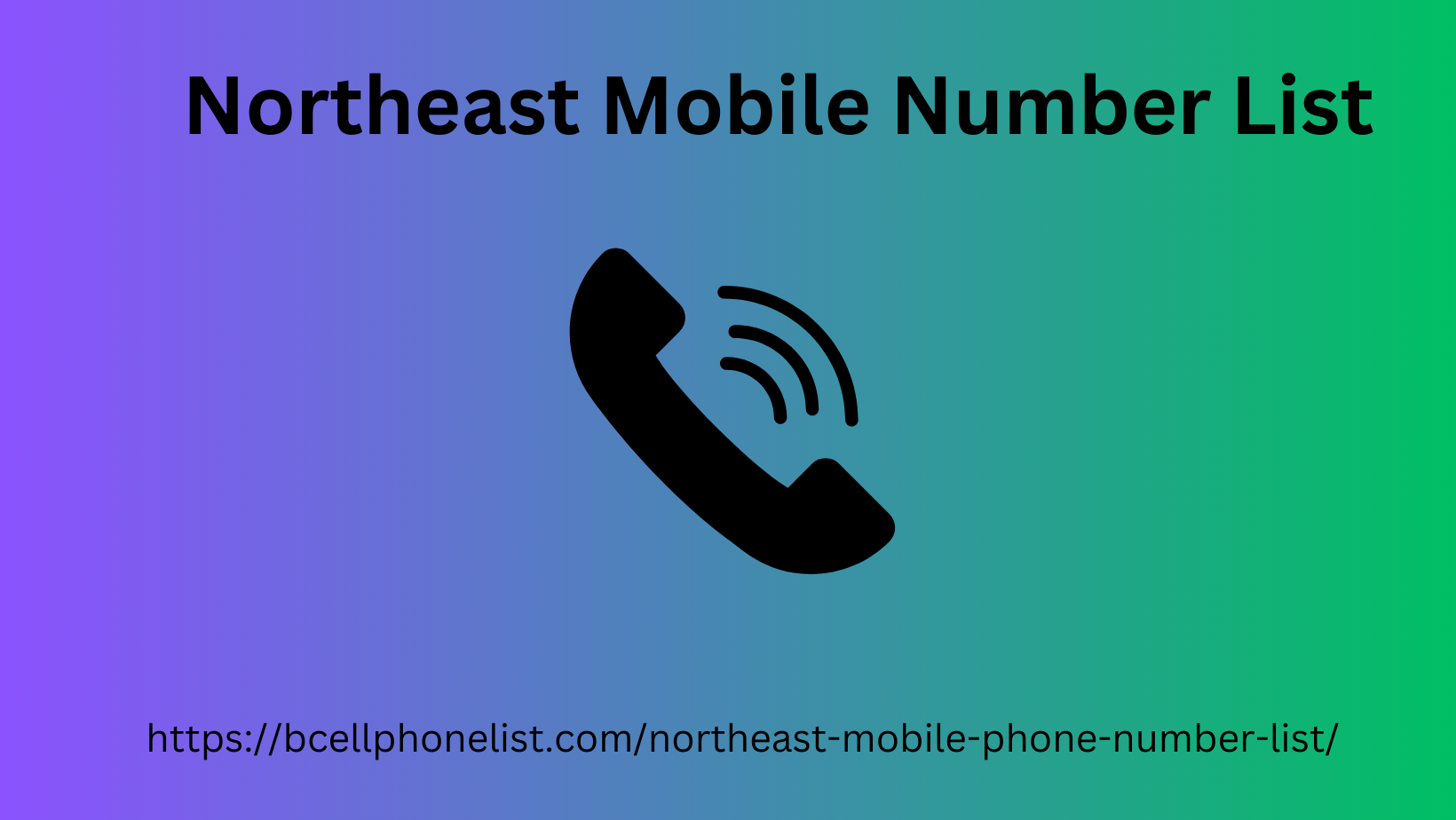|
|
through—even if you don't have enough money in your checking account. Your bank or credit union fronts you the money and expects you to pay it back, plus a fee, depending on the type of protection you have. Automatic overdraft checking protection. A bank or credit union can decide to let a check or transfer go through even if you overdraw your account. Your permission isn’t needed for this process, but you can still be charged a fee. "Opt-in" overdraft checking protection. When you use a debit card or get money from an ATM, the financial institution needs your permission to charge a fee.
If you choose overdraft protection, you're charged a fee if the bank or credit union Northeast Mobile Number List approves a purchase. However, if you didn't opt in and the debit transaction goes through, the financial institution can't charge you a fee.When opening a checking account, read the paperwork carefully to determine if you have overdraft protection and decide whether you want opt-in overdraft protection.If you don’t opt in for protection on debit card and ATM transactions, you can avoid fees, but you also run the risk of having your purchase declined at the register if you have insufficient funds.How does overdraft protection work?

Overdraft protection programs are basically short-term loans from your bank or credit union. If you don't have enough money in your account, the financial institution might approve a transaction anyway. But now you have a negative balance and owe the bank or credit union money. On top of that, you'll be charged a flat fee for each transaction that goes through when you don't have adequate funds.Overdraft overhaul?In early 2024, the Biden administration announced a proposed rule from the Consumer Financial Protection Bureau (CFPB) that would place strict limits on overdraft fees charged by the nation’s larger banks—those with more than $10 billion in
|
|